Videos & downloads
Healing After Surgery
Movement
Relaxation
Physical
Movement
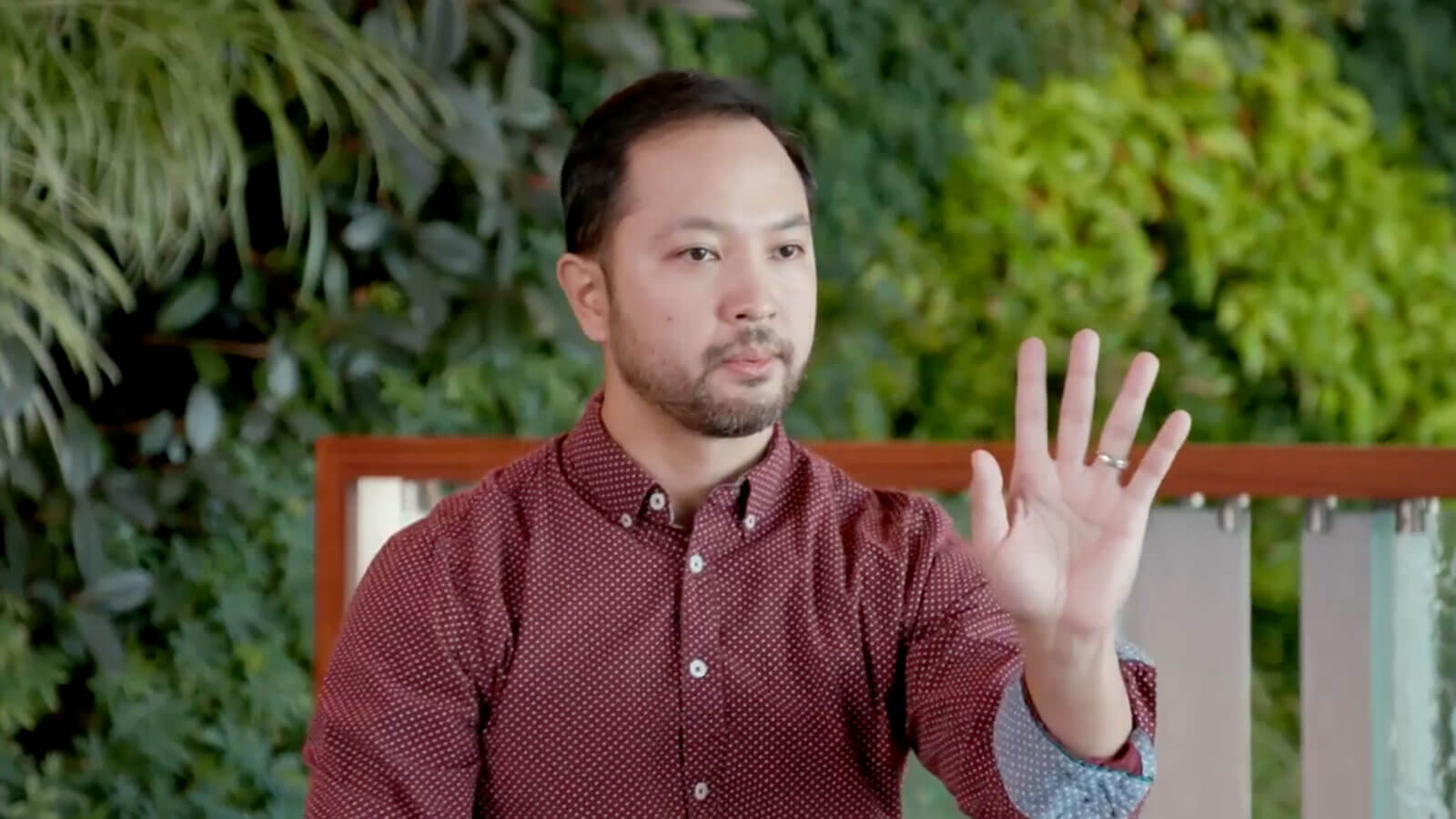 1:57
1:57
Tai Chi for Pain
Tai chi involves doing gentle, flowing movements as you focus on your breathing. Learn how tai chi can help with pain management.
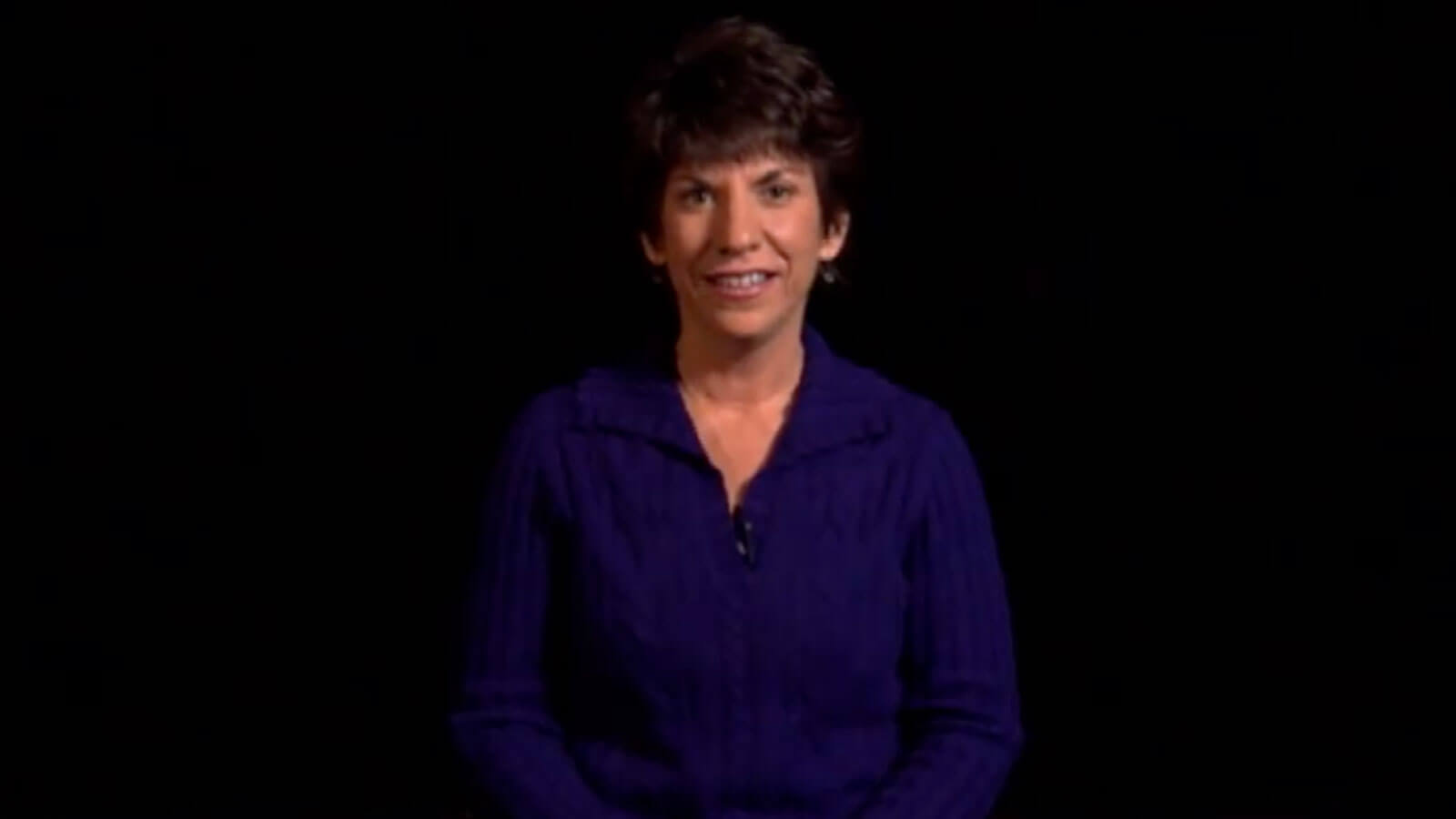 13:19
13:19
Tai Chi Qigong: Gentle movements
A sequence of gentle movements and poses. Movements are based on principles of tai chi and qigong.
 2:41
2:41
Walking for Pain
Walking improves blood flow, reduces the risk of blood clots and stimulates digestion and other systems. Learn how taking regular walks can help with pain management.
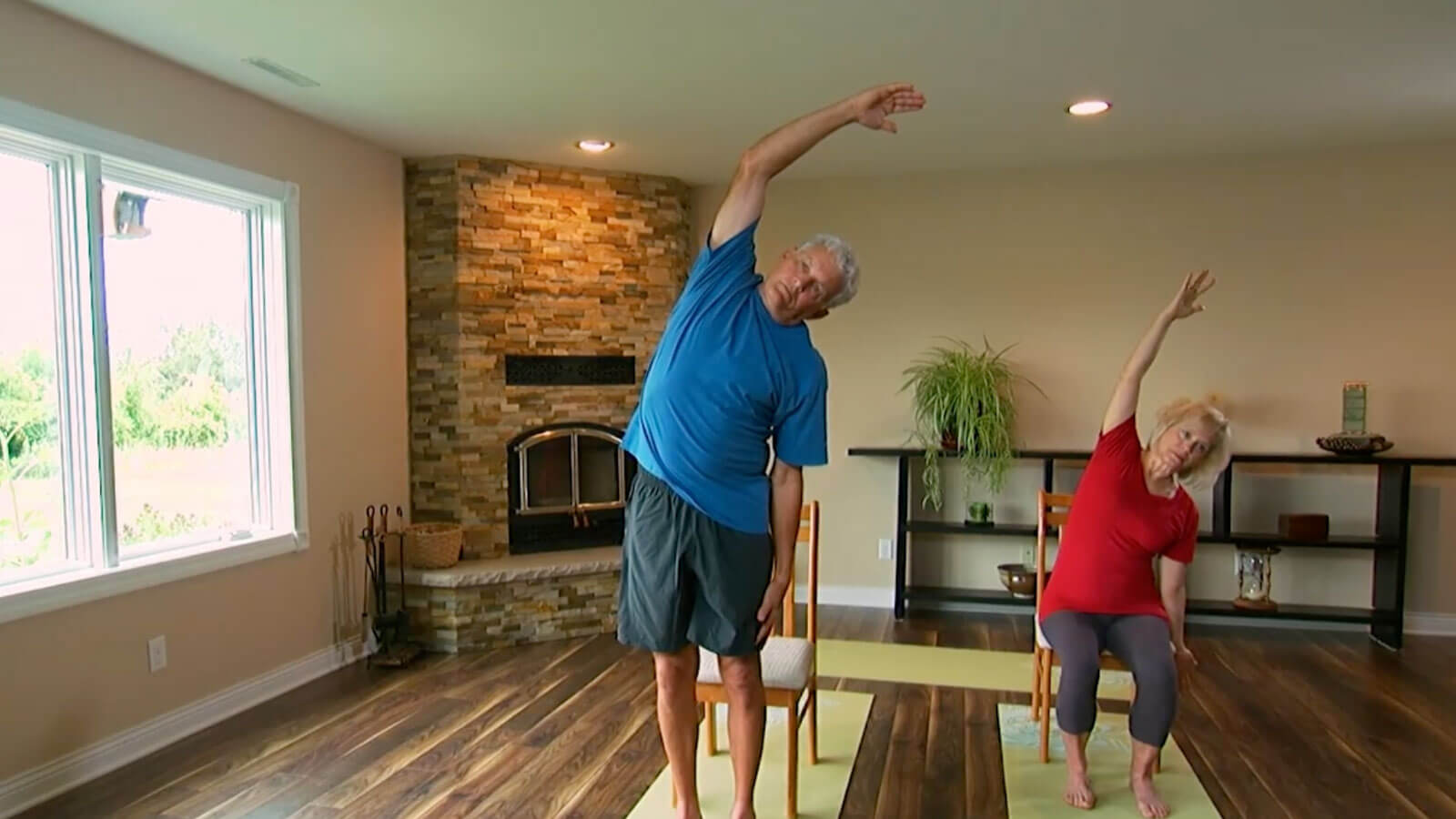 2:13
2:13
Yoga for Pain
Yoga involves gently moving through a series of positions which you briefly hold, while paying special attention to your breathing. Learn how yoga can help with pain management.
 19:47
19:47
Yoga: Gentle yoga compassion
Provides instruction and guided yoga practice with healing music. Designed to include movements to improve balance, stability, strength and flexibility. Session focus is on compassion.
 15:56
15:56
Yoga: Gentle yoga gratitude
Provides instruction and guided yoga practice with healing music. Designed to include movements to improve balance, stability, strength and flexibility. Session focus is on gratitude.
Relaxation
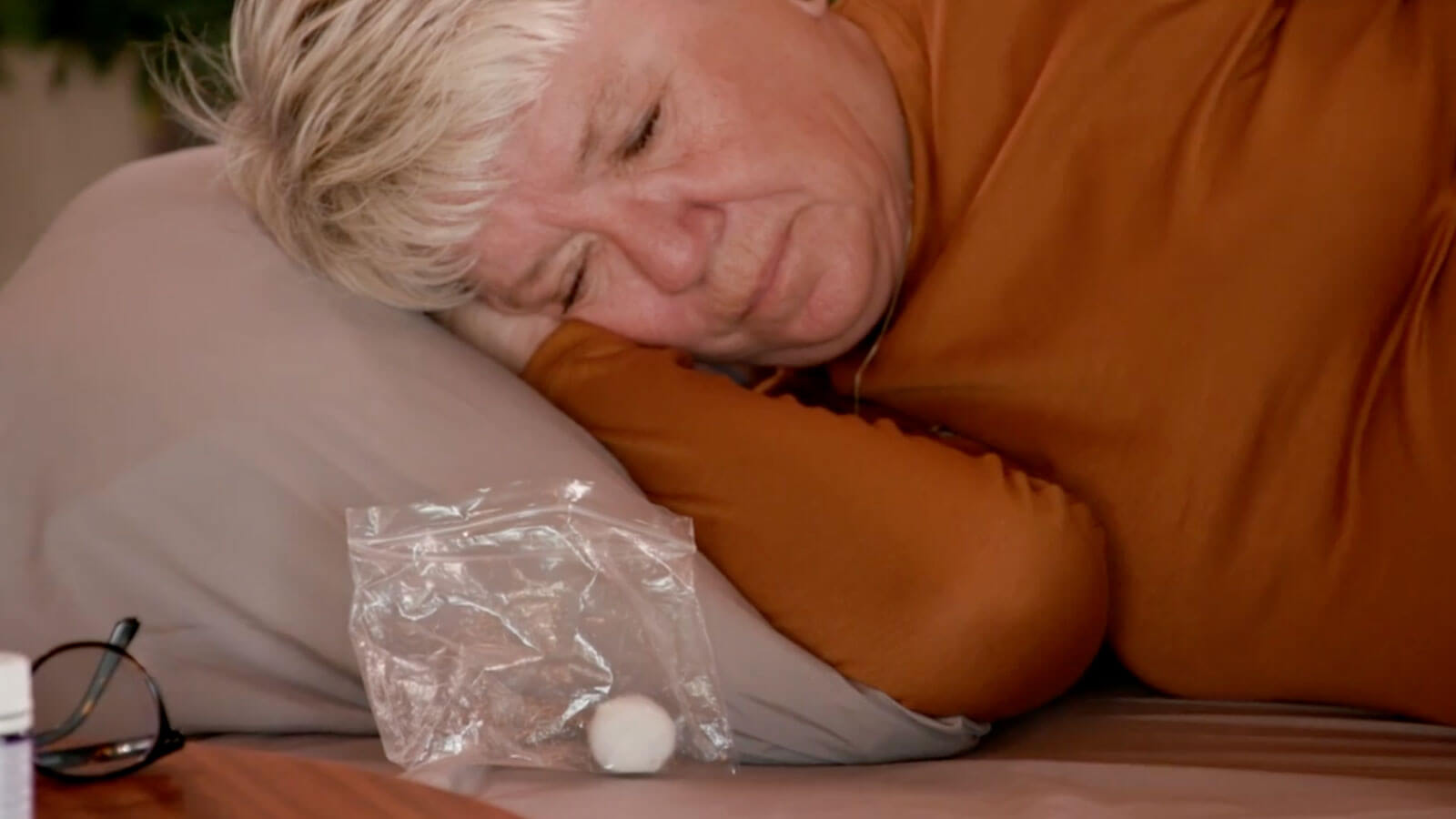 2:36
2:36
Aromatherapy for Pain
Aromatherapy involves breathing in the scent of natural oils made from plants to feel calmer. Learn how aromatherapy can help with pain management.
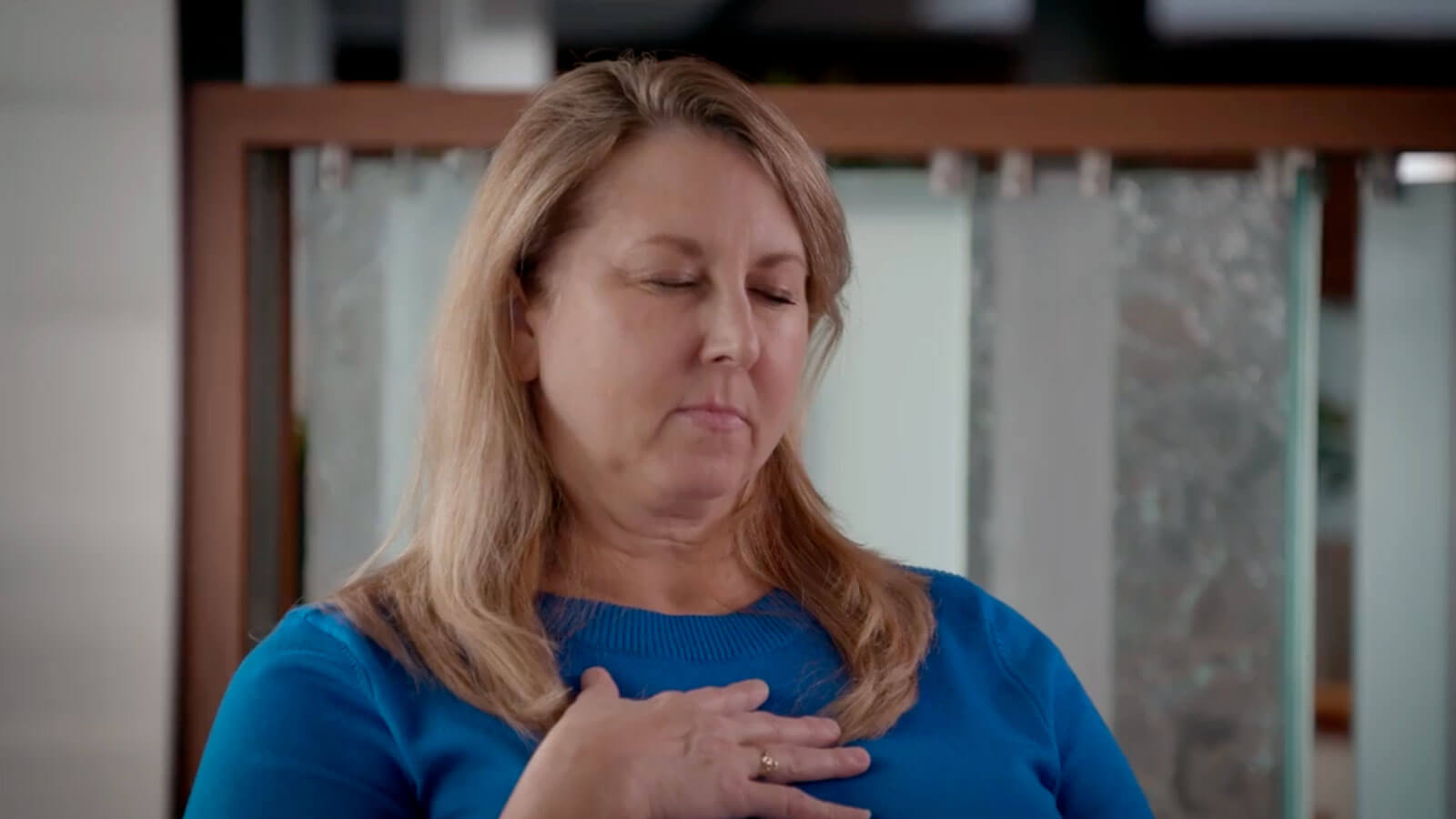 1:54
1:54
Relaxed Breathing for Pain
Breathing from the belly is a very effective way of lowering stress. Learn how practicing relaxed breathing can help with pain management.
 4:07
4:07
Breathing: Relaxed abdominal breathing
Offers practical techniques to manage stress and promote relaxation.
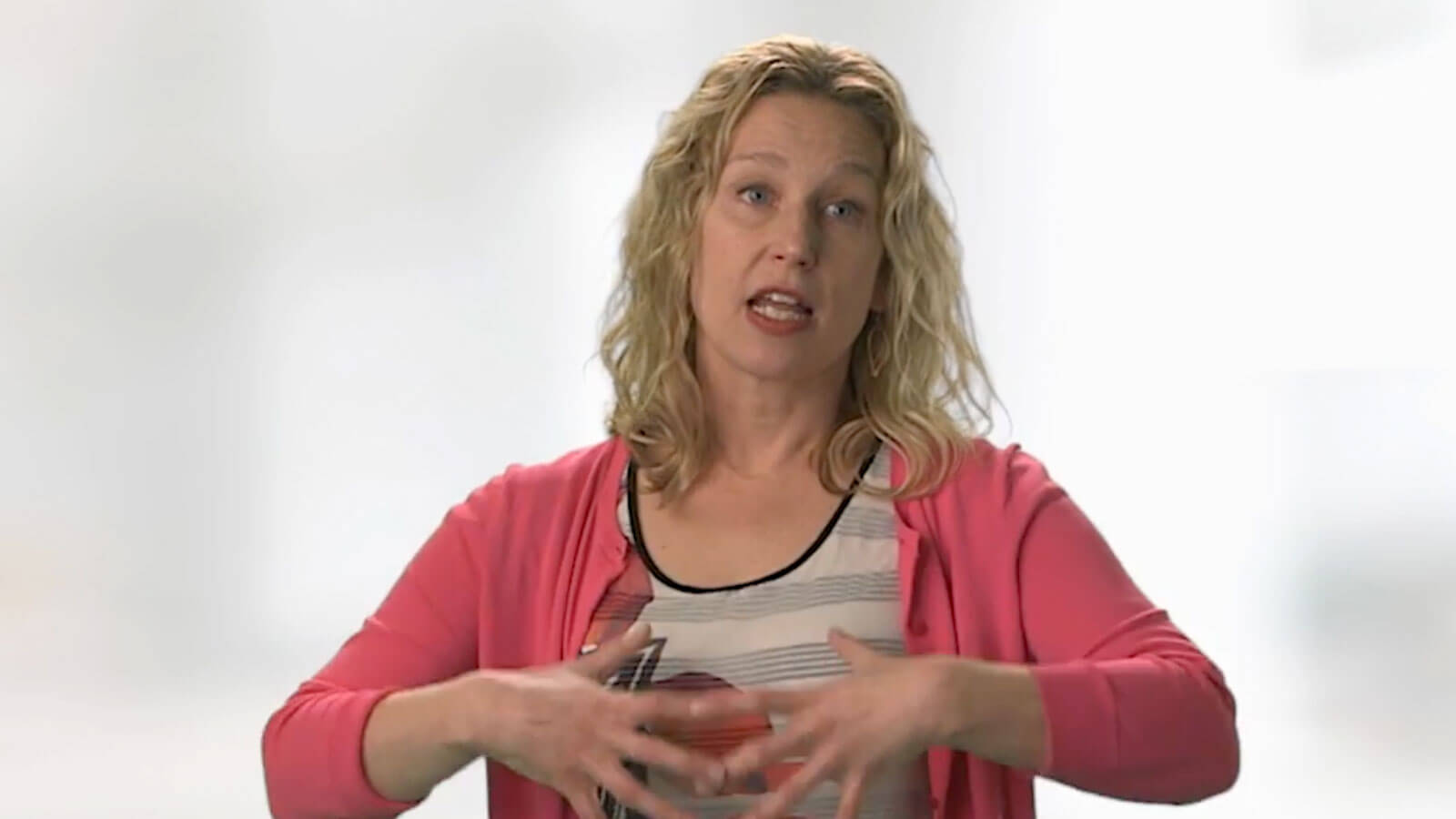 2:31
2:31
Breathing: Skills to manage emotions and reduce suffering
Explains how to use gentle, paced breathing to help relax in times of distress.
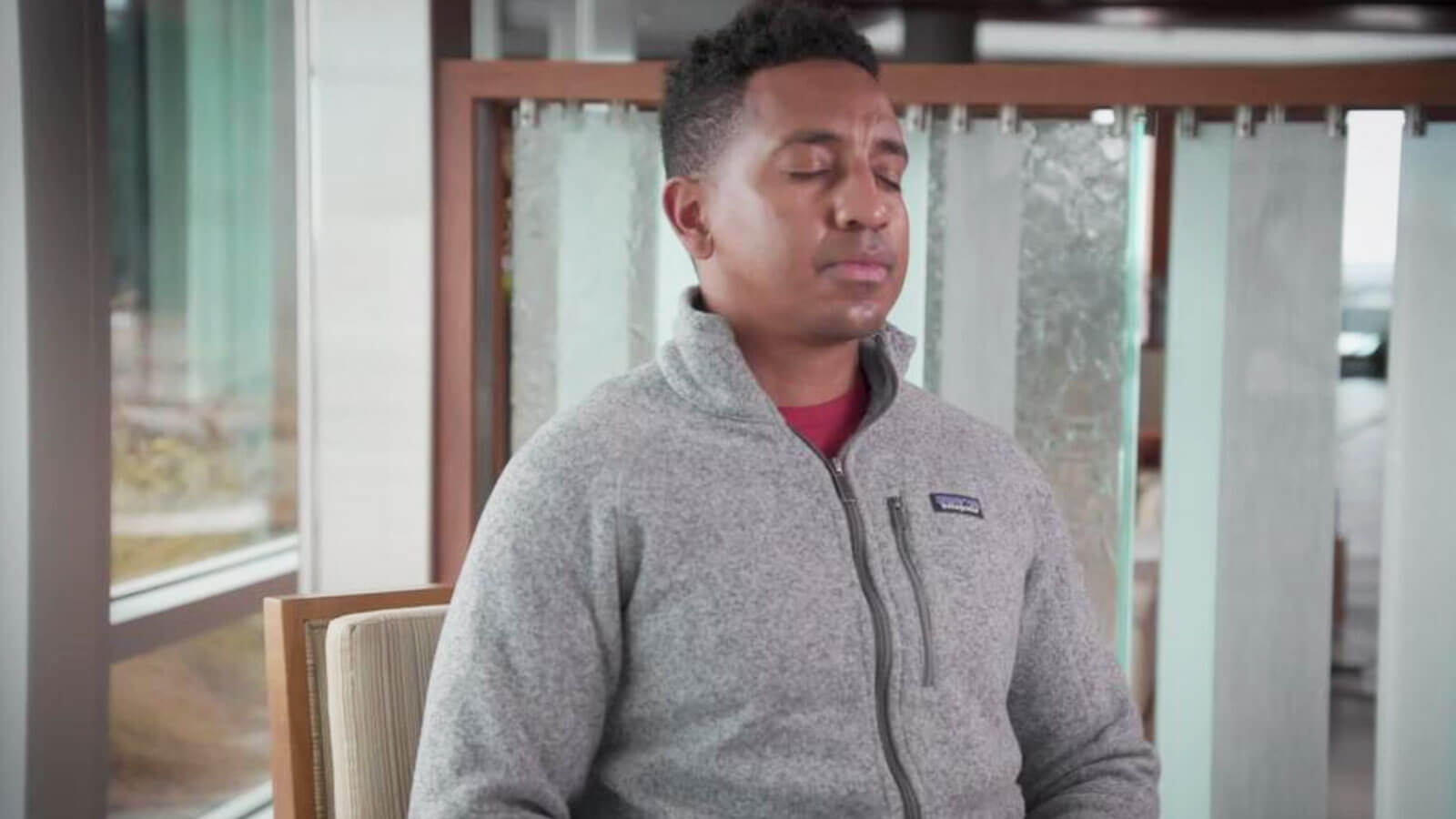 2:33
2:33
Guided Imagery for Pain
Guided imagery is a way to use the power of your imagination to relieve anxiety and pain. Learn how guided imagery can help with pain management.
 8:52
8:52
Guided Imagery: Evening sky guided imagery
Offers practical techniques to manage stress and promote relaxation.
 10:06
10:06
Guided Imagery: Seaside serenity guided imagery
Offers practical techniques to manage stress and promote relaxation.
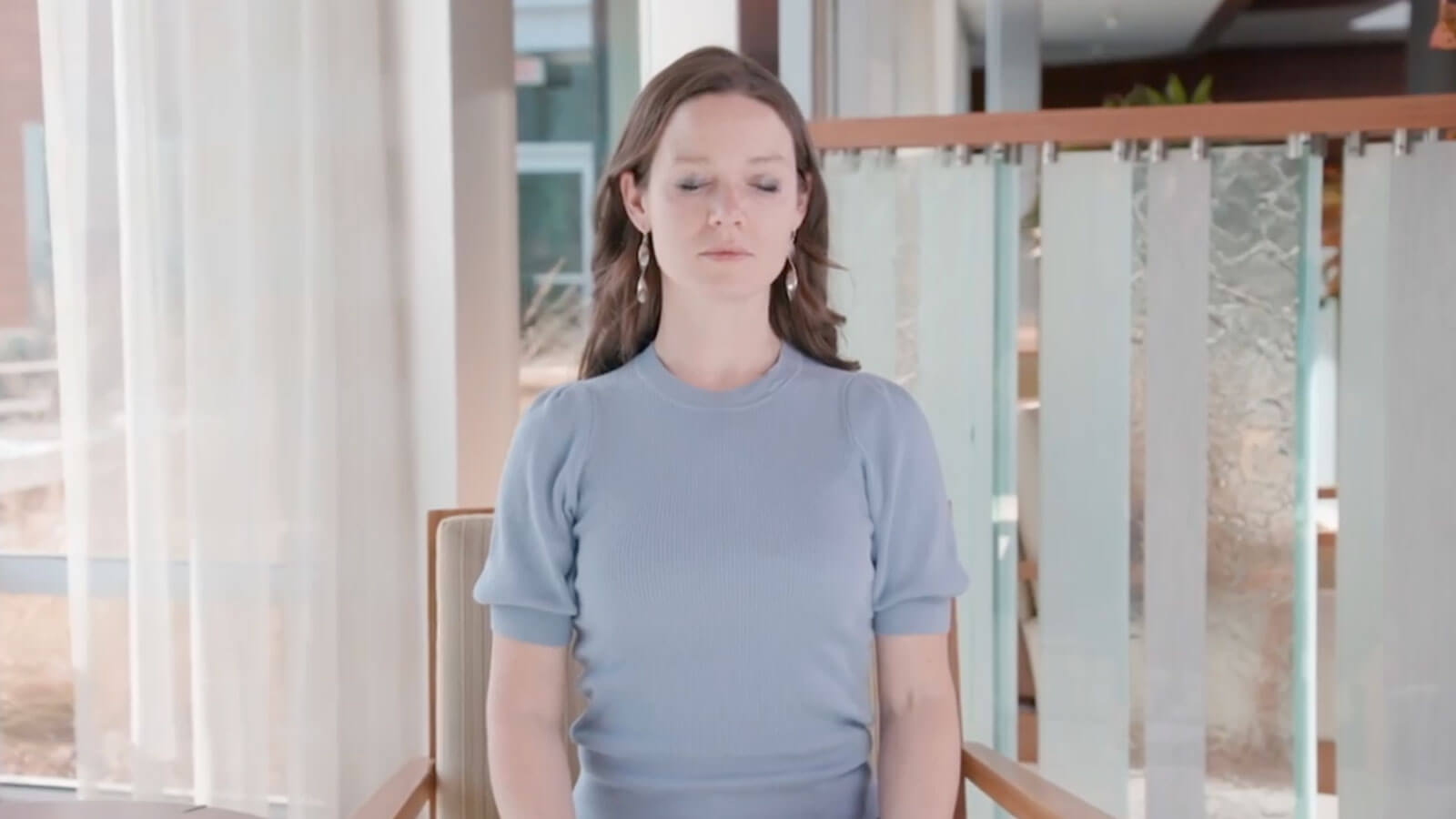 2:06
2:06
Meditation for Pain
Meditation is a way of focusing your attention on the present moment to manage thoughts and feelings. Learn how practicing meditation can help with pain management.
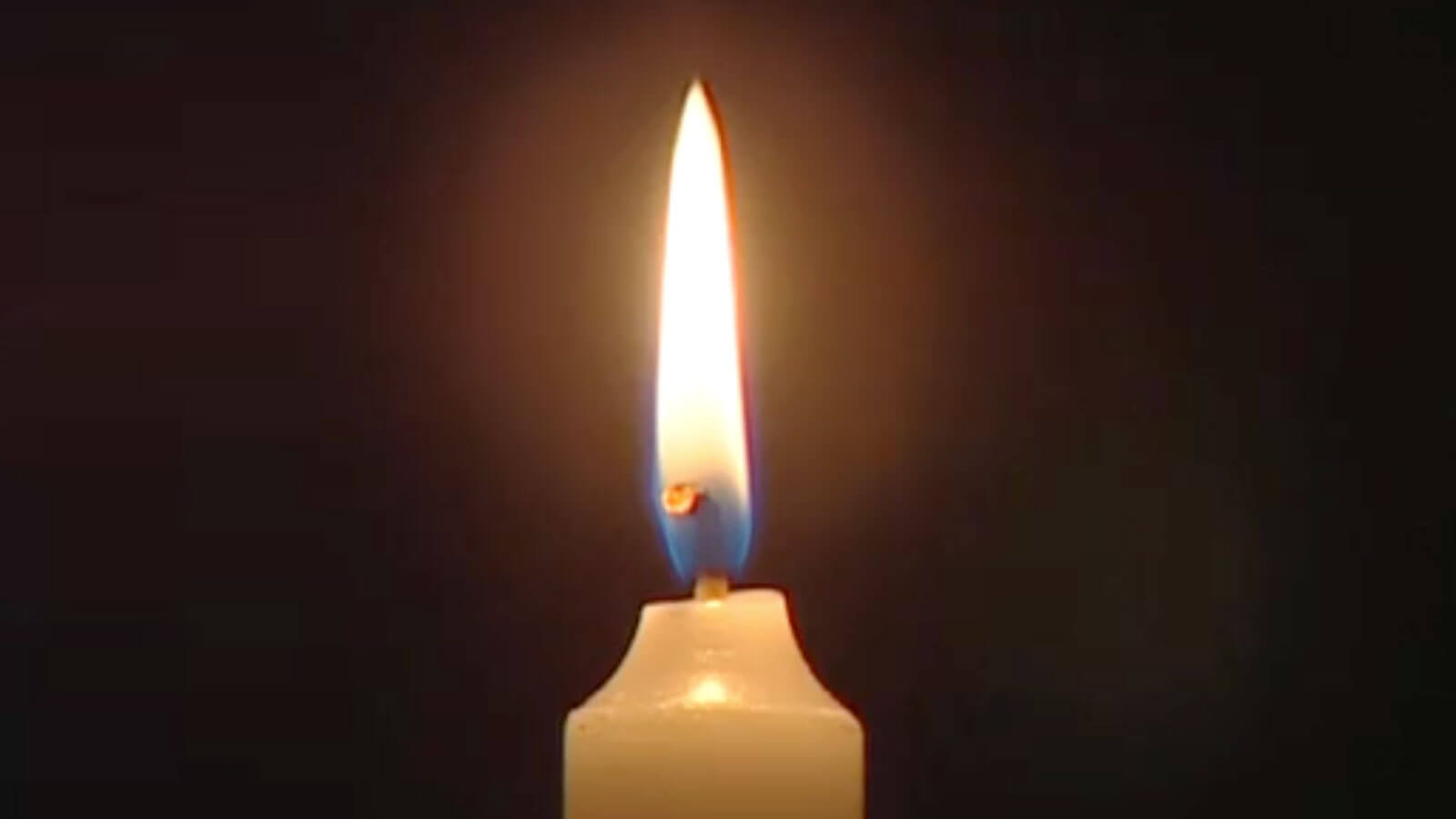 7:43
7:43
Meditation: Take a break for meditation
Gives instruction on how to meditate, including breathing counts and words of affirmation.
Meditation: Mindfulness meditation
Guided demonstration of breathing and awareness used for the Ten Breath Practice.
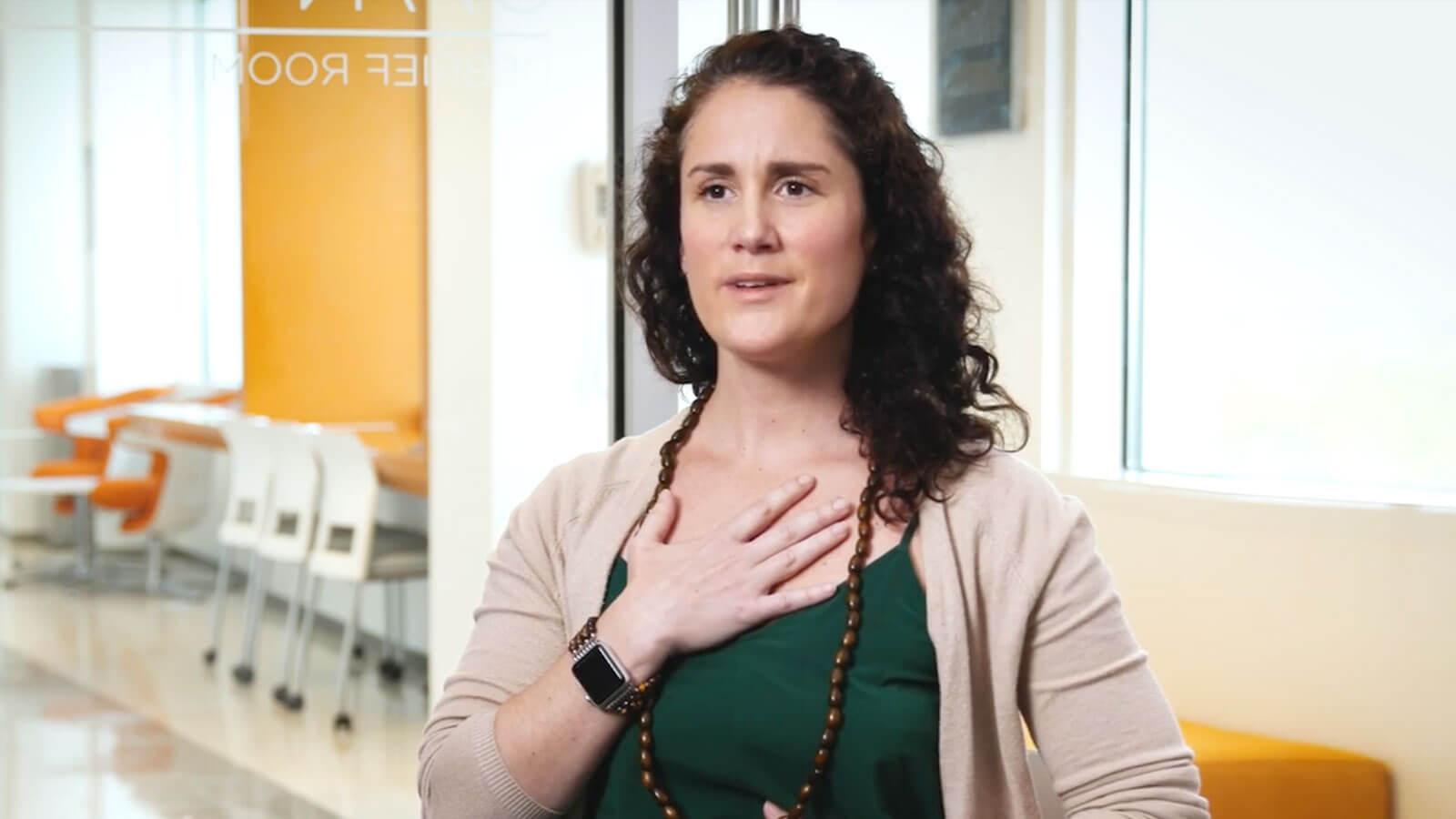 6:04
6:04
Meditation: Mindfulness meditation
This video leads the listener through a gentle meditation session that focuses on the breath, kind attention, and messages of safety. This video may be effective for patients with anxiety. It requires no previous meditation experience.
 1:58
1:58
Music Listening for Pain
Listening to pleasant music has been shown to lower blood pressure, relieve stress and reduce pain. Learn how listening to music can help with pain management.
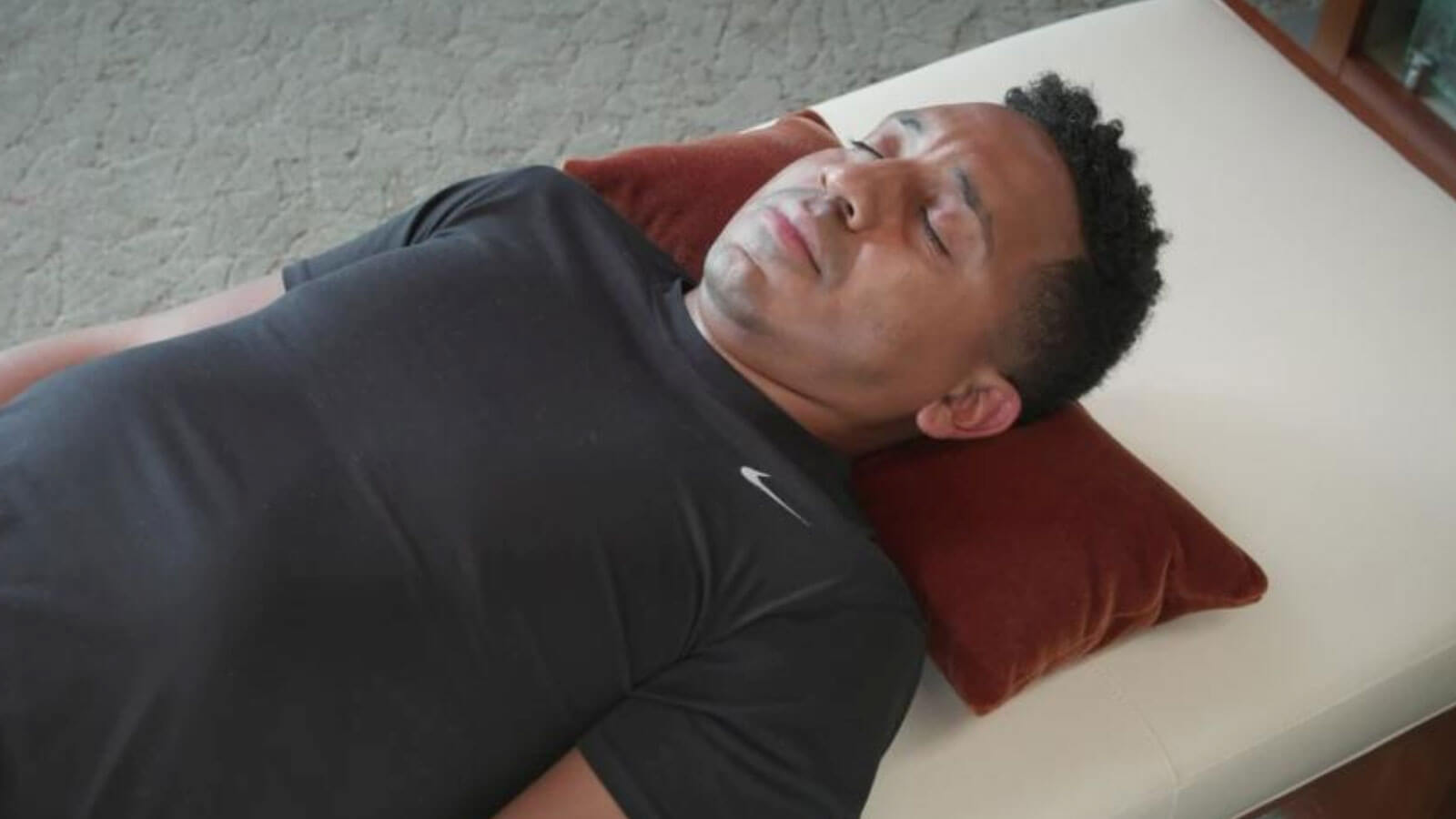 2:41
2:41
Muscle Relaxation for Pain
Intentionally tightening a muscle and then relaxing it is an effective way to relieve tension. Learn how this technique can help with pain management.
 30:10
30:10
Muscle Relaxation: Passive muscle relaxation
Uses audio program and suggestions to relax the body and mind. Offers practical techniques to manage stress and promote relaxation.
 10:46
10:46
Muscle Relaxation: Progressive muscle relaxation 1
Offers practical techniques to manage stress and promote relaxation.
 23:53
23:53
Muscle Relaxation: Progressive muscle relaxation 2
Provides audio instructions for a progressive muscle relaxation exercise. Doing this exercise may help manage stress and promote relaxation.
Physical
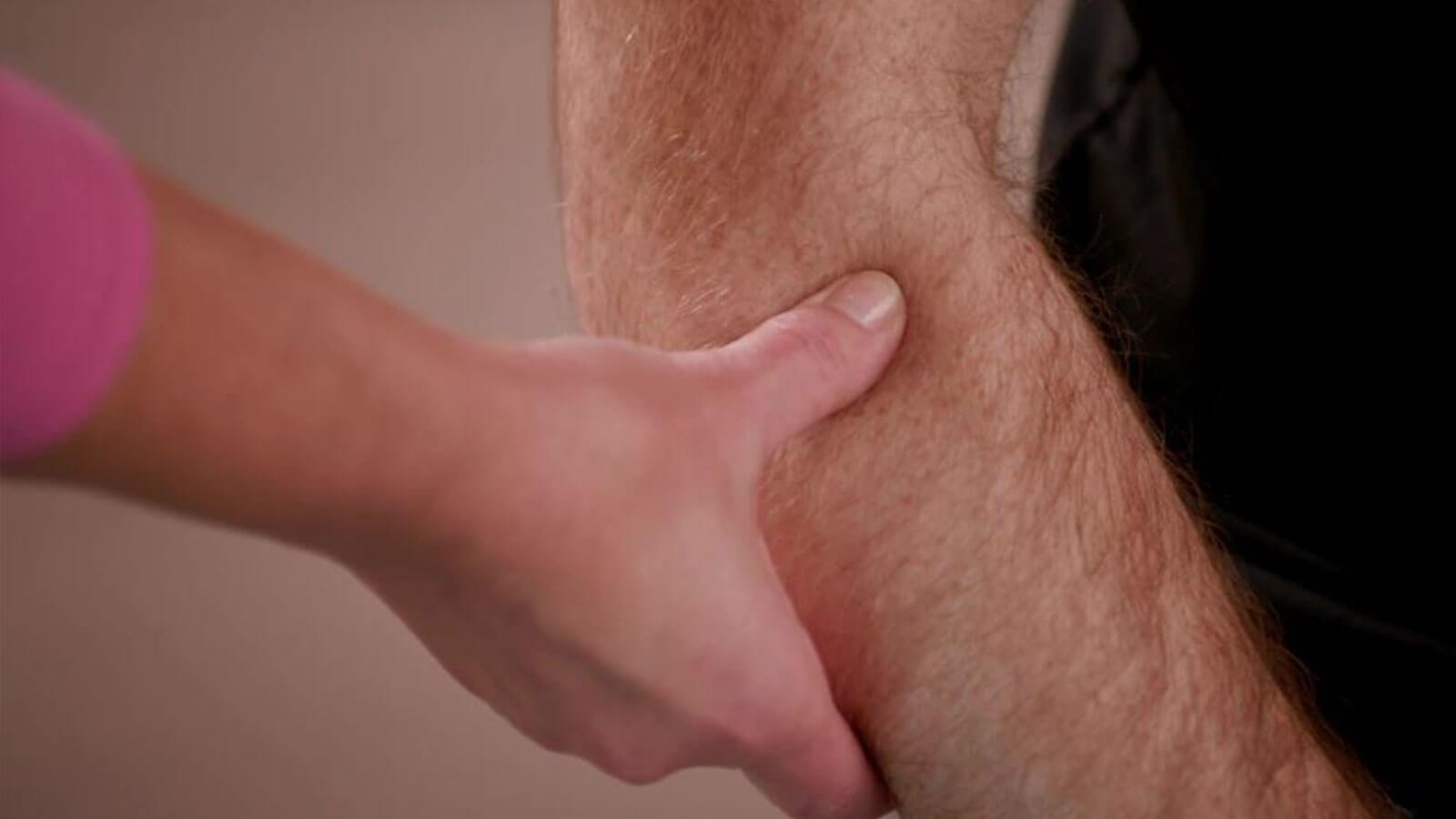 1:51
1:51
Acupressure for Pain
Acupressure involves applying pressure at certain points on the body to relieve discomfort. Learn how acupressure can help with pain management.
 2:31
2:31
Heat and Cold for Pain
Heat and cold are commonly used to reduce swelling and relax tight muscles. Learn how applying heat and cold can help with pain management.
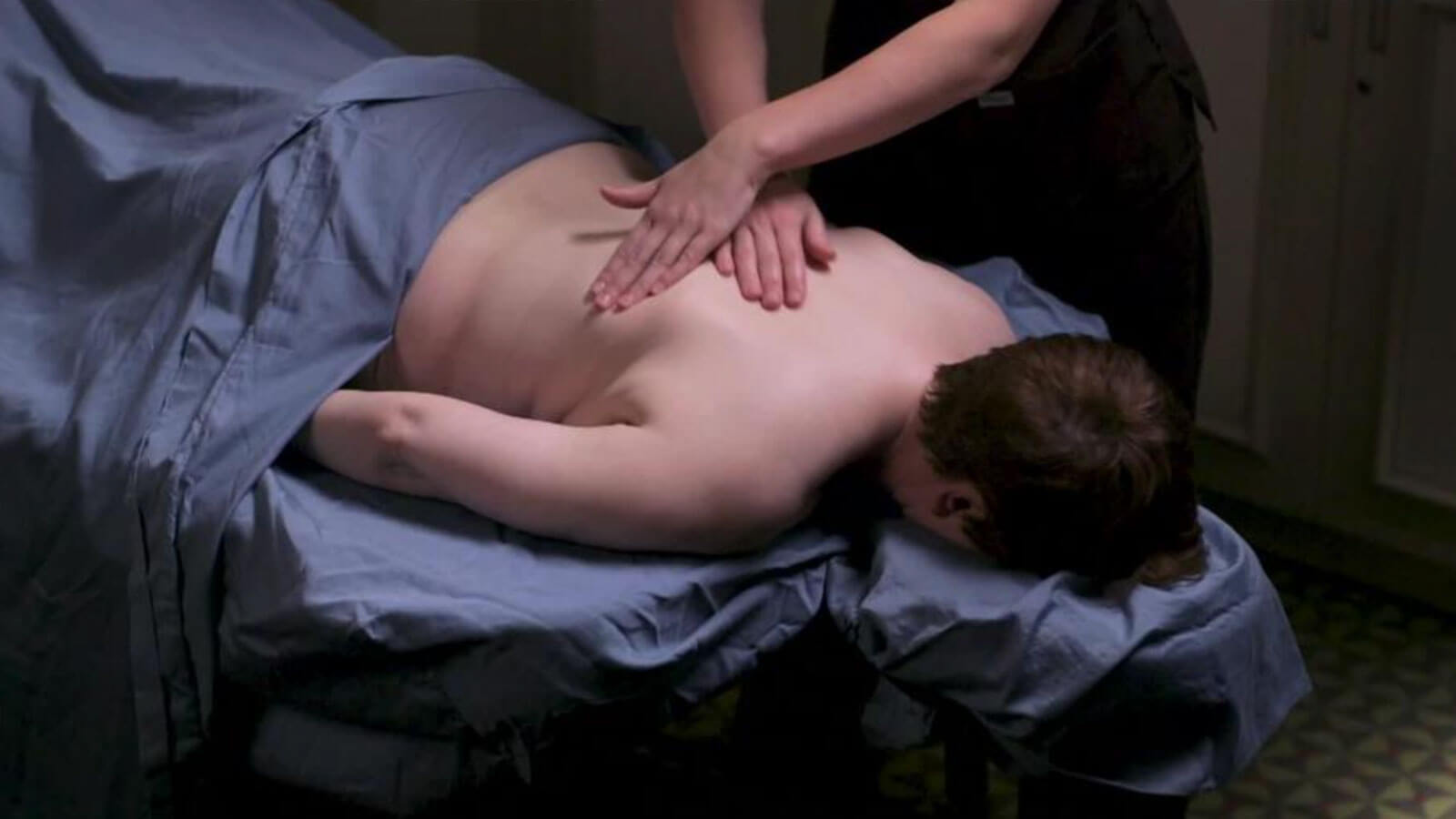 1:56
1:56
Massage for Pain
Massage relaxes muscles, increases blood flow and stimulates the release of the body's pain-relieving chemicals. Learn how massage can help with pain management.
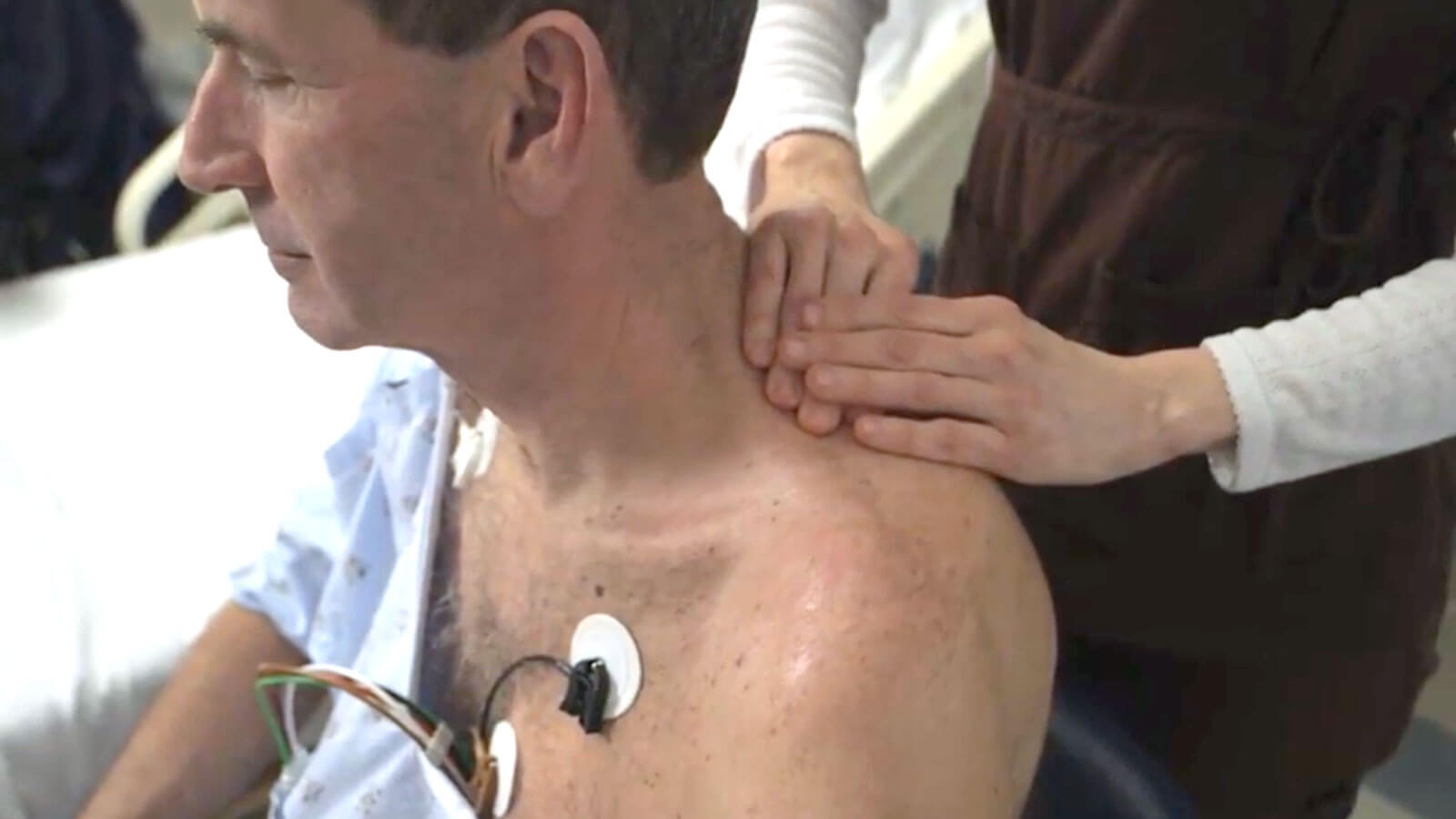 2:07
2:07
Massage: Massage therapy
Describes massage therapy as a helpful treatment option for managing pain and reducing anxiety.
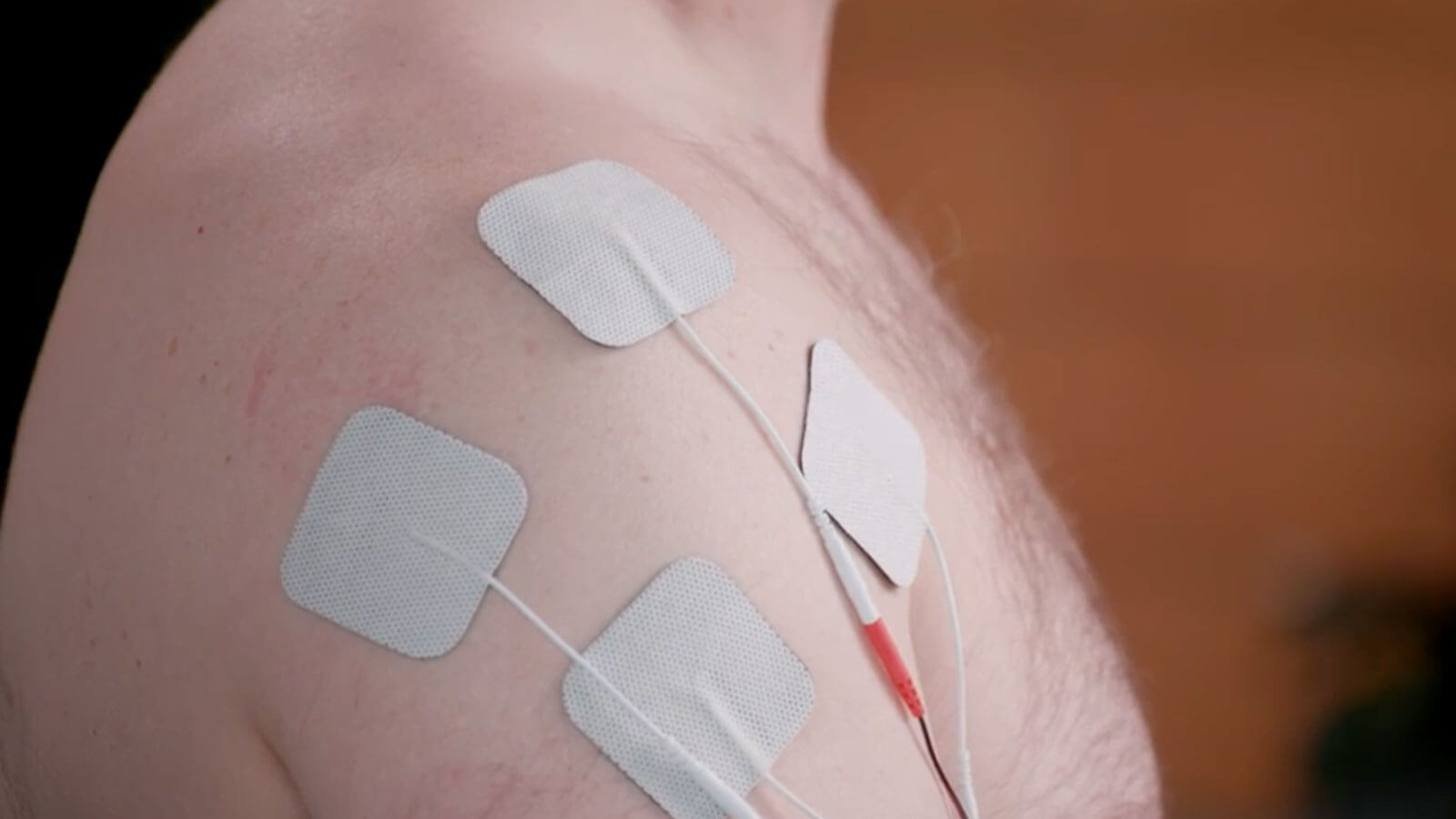 2:38
2:38
TENS for Pain
Transcutaneous Electrical Nerve Stimulation is a simple way to apply electrical current to a specific part of the body. Learn how TENS can help with pain management.
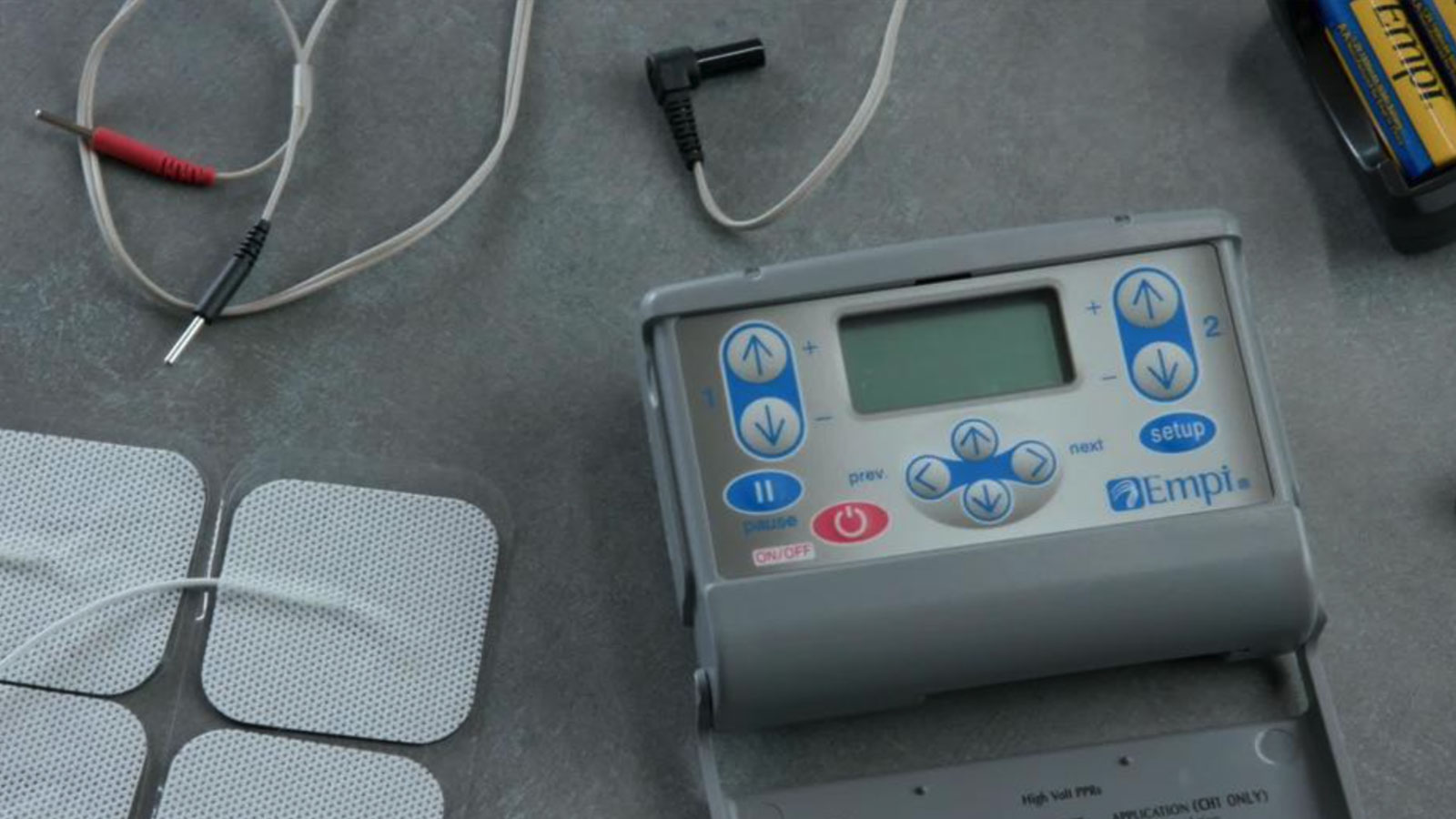 4:37
4:37
TENS: Using TENS for pain relief
TENS (Transcutaneous Electrical Nerve Stimulation) is a way of using a mild electrical current to relieve pain. Many people have found it to be an easy-to-use, inexpensive and helpful part of their pain management plan.
Recursos en español
Aromaterapia
En la aromaterapia se utiliza el sentido del olfato para promover el bienestar físico y psicológico.
Caminar
Caminar es una de las mejores formas de controlar el dolor y contribuir a la recuperación de forma natural.
Masaje
El masaje implica frotar o ejercer presión sobre tejidos blandos del cuerpo. La piel, los músculos, los tendones y los ligamentos son tejidos blandos.
Meditación
La meditación es una práctica en la cual la persona utiliza una habilidad adquirida, como la atención plena, con el fin de prepararse para concentrar su atención y ser consciente del momento presente.
Música
Mucha gente sabe que la música puede cambiar el estado de ánimo, aumentar la relajación y mejorar la atención. Además, puede reducir la ansiedad y el dolor, y promover la recuperación después de una cirugía.
Relajación muscular progresiva
La relajación muscular progresiva enseña a relajar de forma eficaz los músculos. Esto puede ayudar a aliviar el dolor después de una cirugía.
Respiración relajante
La respiración relajante es una técnica que se utiliza para ayudar a relajarse y aliviar la tensión muscular, y también para aliviar el dolor.
Taichí
El taichí es una técnica de ejercicio tradicional de China. Cada ejercicio suave o estiramiento fluye lentamente hacia el siguiente sin pausa y, de este modo, garantiza que el cuerpo esté en constante movimiento.
TENS (Estimulación nerviosa eléctrica transcutánea)
El acrónimo en inglés TENS hace referencia a la estimulación nerviosa eléctrica transcutánea. Se trata de un dispositivo médico que envía pequeños impulsos eléctricos a través de la piel para estimular los nervios cercanos.
Videos en español
 2:05
2:05
Acupresión
La acupresión implica aplicar presión en ciertos puntos del cuerpo para aliviar las molestias. Aprenda cómo hacerlo parte de su plan de manejo del dolor.
 2:53
2:53
Calor y frio
El calor y el frío son métodos comunes para reducir la hinchazón y aliviar los músculos adoloridos. Aprenda cómo incorporarlos a su plan de manejo del dolor.
 2:58
2:58
Relajación muscular
La relajación muscular implica concentrarse deliberadamente en grupos de músculos para reducir la tensión dolorosa. Aprenda cómo hacerlo parte de su plan de manejo del dolor.
 2:14
2:14
Respiración relajada
Aprender a respirar desde tu centro puede ayudarte a sentirte más tranquilo y liberar la tensión muscular. Aprenda cómo hacer que la respiración relajada forme parte de su plan de manejo del dolor.
 2:13
2:13
Tai Chi
El arte del tai chi implica realizar movimientos suaves y fluidos para reducir el estrés, mejorar el equilibrio y controlar el dolor. Aprenda cómo hacerlo parte de su plan de manejo del dolor.
 3:00
3:00
Caminar
Caminar mejora el flujo sanguíneo, estimula muchos de los sistemas del cuerpo, reduce el estrés y activa la liberación de sustancias químicas naturales del cuerpo que alivian el dolor. Aprenda cómo hacer que caminar sea parte de su plan de manejo del dolor.